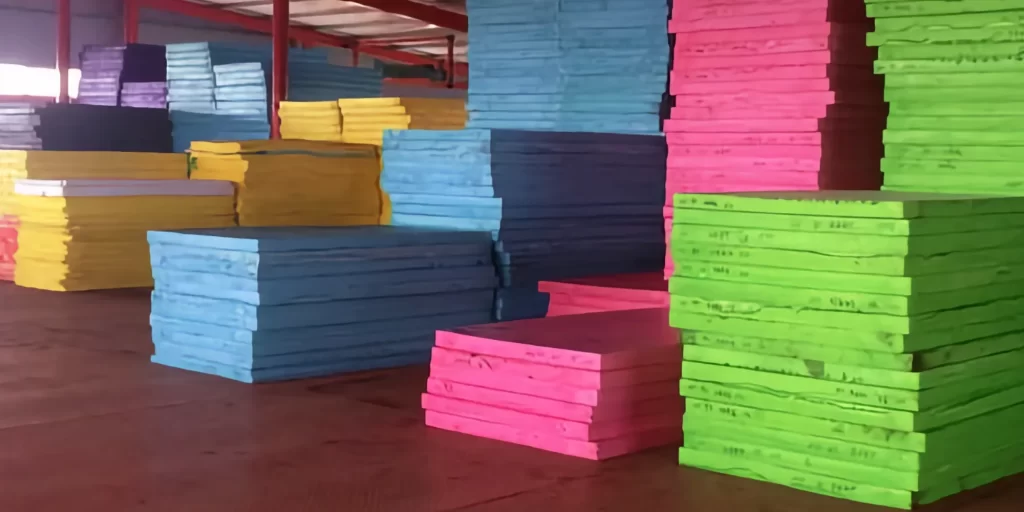Introduction:
The foundation is a critical component of any structure, and ensuring its waterproofing is paramount for the longevity and safety of the building. With the evolution of construction materials, EVA (Ethylene-Vinyl Acetate) foam has emerged as a leading choice for foundation waterproofing. This article delves deep into the advantages, applications, and common queries surrounding the use of EVA foam in foundation waterproofing products.
1. Unraveling the Properties of EVA Foam:
EVA foam is a blend of ethylene and vinyl acetate, resulting in a soft, resilient, and water-resistant material. Its closed-cell structure ensures that water, moisture, and external elements are kept at bay, making it an ideal candidate for waterproofing purposes.
2. Benefits of Using EVA Foam for Foundation Waterproofing:
- Superior Waterproofing: EVA foam provides an impermeable barrier, preventing water ingress and potential foundation damage.
- Flexibility: Its flexible nature allows it to adapt to the contours of the foundation, ensuring comprehensive coverage.
- Durability: EVA foam is resistant to chemicals, UV radiation, and external pressures, ensuring long-lasting protection.
- Easy Installation: Lightweight and easy to handle, EVA foam can be quickly installed, reducing labor costs.
3. Applications of EVA Foam in Foundation Waterproofing:
- Basement Waterproofing: EVA foam can be applied to the exterior of basement walls to prevent water seepage.
- Slab-on-Grade Foundations: EVA foam acts as a barrier between the ground and the slab, preventing moisture intrusion.
- Retaining Walls: EVA foam can be used to waterproof retaining walls, ensuring they remain structurally sound.
- Crawl Spaces: Applying EVA foam in crawl spaces prevents moisture buildup, protecting the foundation and preventing mold growth.
4. Installation Techniques:
EVA foam waterproofing sheets or panels can be directly applied to the foundation using adhesives. It’s essential to ensure that the foundation surface is clean and free from debris. Overlapping seams should be sealed to create a continuous waterproof barrier. Regular inspections and maintenance can ensure the longevity of the waterproofing system.
FAQs:
- Q: How does EVA foam compare to traditional foundation waterproofing methods?
A: EVA foam offers enhanced flexibility, durability, and ease of installation compared to traditional methods, making it a more efficient and cost-effective solution. - Q: Can EVA foam be applied to existing foundations?
A: Yes, EVA foam can be retrofitted to existing foundations, provided the surface is prepared adequately. - Q: Is EVA foam environmentally friendly?
A: EVA foam is non-toxic and can be recycled, making it an eco-friendly choice for foundation waterproofing. - Q: How long does EVA foam waterproofing last?
A: With proper installation and maintenance, EVA foam waterproofing can last for decades, offering consistent protection against moisture.
Conclusion:
EVA foam stands out as a revolutionary material in the realm of foundation waterproofing. Its unique properties, combined with its cost-effectiveness, make it a preferred choice for builders, architects, and homeowners alike. As we move towards sustainable and efficient construction practices, EVA foam’s role in foundation waterproofing is set to become even more prominent.






